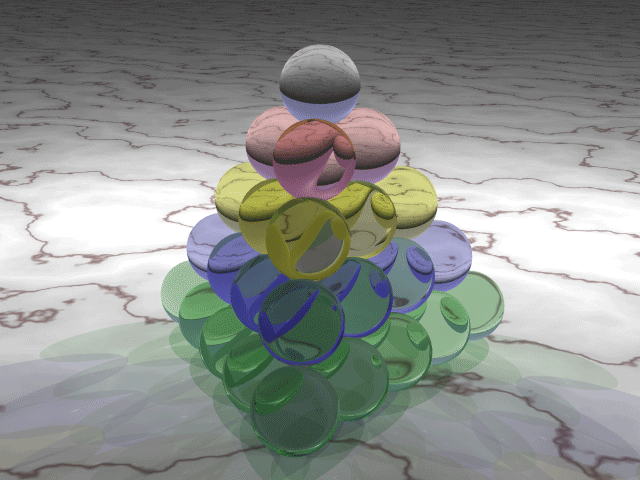– Chandrahas M. Halai
This is in continuation of my earlier article:
https://chandrahasblogs.wordpress.com/2021/07/30/how-many-laddoos/
On the first day, I gifted my beloved
A Diamond.
On the second day, I gifted my beloved
Two Emeralds
And A Diamond.
On the third day, I gifted my beloved
Three Rubies
Two Emeralds
And A Diamond.
On the fourth day, I gifted my beloved
Four Sapphires
Three Rubies
Two Emeralds
And A Diamond.
On the fifth day, I gifted my beloved
Five Pearls
Four Sapphires
Three Rubies
Two Emeralds
And A Diamond.
On the sixth day, I gifted my beloved
Six Jades
Five Pearls
Four Sapphires
Three Rubies
Two Emeralds
And A Diamond.
On the seventh day, I gifted my beloved
Seven Opals
Six Jades
Five Pearls
Four Sapphires
Three Rubies
Two Emeralds
And A Diamond.
On the eighth day, I gifted my beloved
Eight Gold coins
Seven Opals
Six Jades
Five Pearls
Four Sapphires
Three Rubies
Two Emeralds
And A Diamond.
On the ninth day, I gifted my beloved
Nine Silver coins
Eight Gold coins
Seven Opals
Six Jades
Five Pearls
Four Sapphires
Three Rubies
Two Emeralds
And A Diamond.
Tell me how many jewels I gifted to my beloved?
Note: I am still single. 🙂
The sum we want is

In general, we can write this as

In sigma (summation) notation, we can write this as:

Thus the total number of gifts that I gave to my beloved is:

This formula was derived by Aryabhatt. He used to call the sum of sums as वारसंकलित (Vaarasankalita). The formulas for the sums of higher orders were given by Narayan Pandit in his work Ganitakaumudi (composed in 1356 CE).
These numbers are called Tetrahedral numbers as these many number of things can be arranged into a Tetrahedron (Triangular pyramid). Refer the picture and diagram given below.

Image courtesy: Wikimedia commons

If we observe the picture we see that the stack is made up of layers of triangular number of marbles. That is, tetrahedral numbers are sums of triangular numbers. The nth tetrahedral number is the sum of first n triangular numbers.
The formulas for the sums of higher orders derived by Narayan Pandit will be discussed in the next article.















